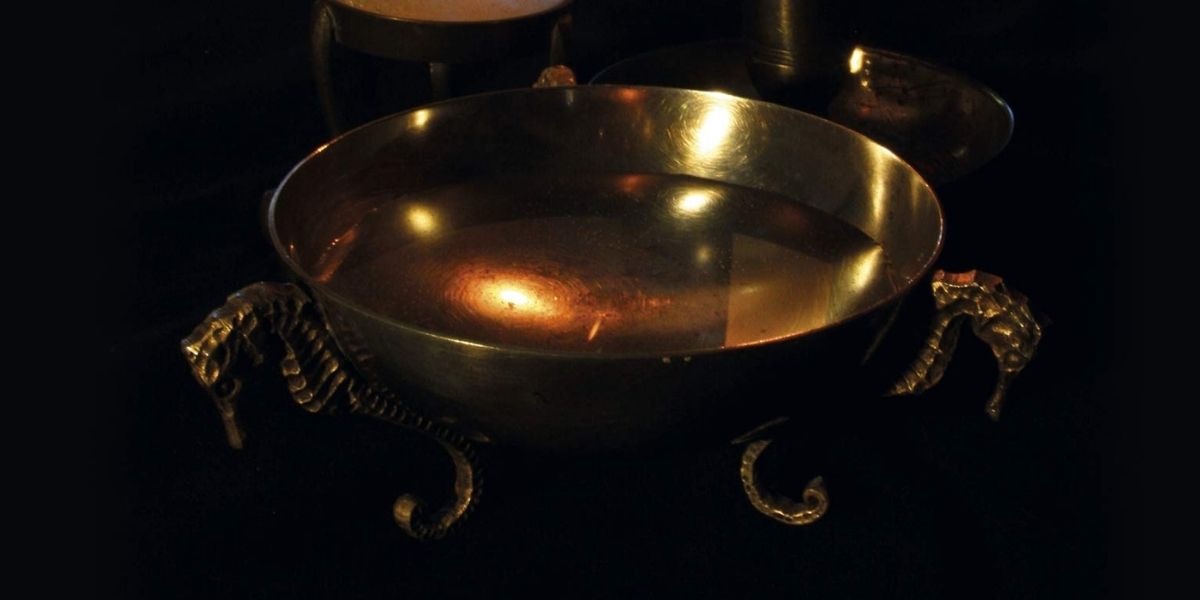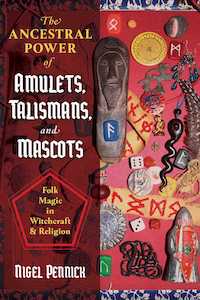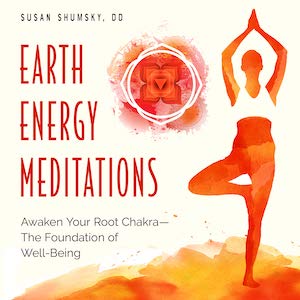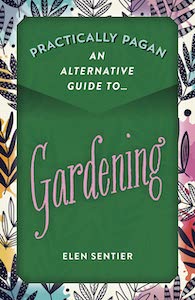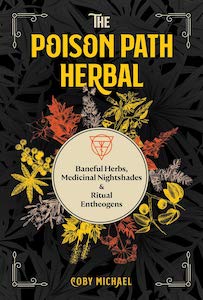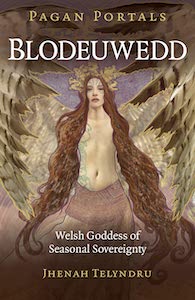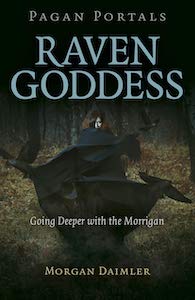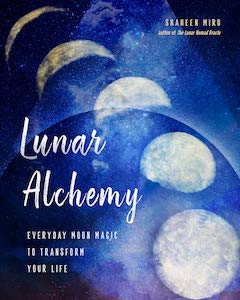
Pagan Portals – Scrying: Divination Using Crystals, Mirrors, Water and Fire, by Lucya Starza
Moon Books, 9781789047158, 104 pages, February 2022
Writing about subjective topics such as scrying is not an easy task. There needs to be an innate understanding of the topic as well as a personal link in order for the reader to feel connected to the author. Thankfully, Lucya Starza is no stranger to writing about things that are hard to pin down and define. As the author of quite a few books on such subjects as poppets, candle magic, and others, Starza is well positioned to offer her perspective on scrying in Pagan Portals – Scrying: Divination Using Crystals, Mirrors, Water and Fire.
Scrying has been difficult for me personally, as I just can’t seem to sit still long enough to allow images to form in the crystal ball, to visualize signs within flickering flames, or to see things come forth from the inner depths of a scrying mirror or pool of water. Picking up this book made me a bit nervous; I wondered how I would be able to use the content effectively. Starza says that’s completely normal, as “Scrying requires us to use our psychic senses and intuition to the full. But don’t worry if that seems a tough task, this book will teach you how to do that. It’s also okay to feel nervous at your first attempts.”1
Starza’s writing reminds you of a loving aunt who has tons of advice that actually is helpful. When scrying, she stresses the importance of not reacting immediately to whatever information is picked up and adds that there are things to do before you even think of starting to scry. Foundational advice is always welcome, and Starza offers a few pearls of wisdom in the context of scrying to help the reader understand that what they might see is completely subjective and open to interpretation. She says:
“Often what we see offers insights about ourselves that may help us with the problems we face or what is yet to come. Do not act hastily after scrying. Make notes and think about what you’ve experienced; let the meaning of any visions become clearer with time. But we’re getting ahead of ourselves; thinking about what to do after scrying. Before we even begin there’s some background to understand and preparations to do…”2
This is an important quote because not all books that discuss topics such as this actually delve into the beforehand preparations. They detail a number of pre-done how-to scenarios that aren’t based in the reality of how people might use the information being presented and wash their hands of it. This book does not do that: Starza goes out of her way to ensure that the reader is fully versed in the foundations of scrying before even getting into the art itself. There’s even a gentle suggestion of speaking with a counselor or GP prior to beginning any sort of magical work if there is a concern regarding mental health. Wonderful to read that, as some books don’t mention it at all, and I personally feel it’s vital to offer that caveat when offering esoteric information.
The introduction of the book is full of useful background information that delves into the history of scrying and where it was used. Starza gives full descriptions of various cultures using scrying for their purposes which not only builds credibility in the art but also gives an anchor in terms of who used it and why. Personally, I find that information valuable, and I love introductions, so this was a pleasure to read.
Starza writes with a practiced hand and her prose is easy to understand and approachable. For me, I would rather have a book written in a clear way without extraneous text getting in the way of the information. I have read books where I have felt that the author has fluffed up their sentences and paragraphs in an effort to pad their word count and I can say that I don’t see this here. Starza writes from the heart and it shows in the words chosen and the way the book is laid out.
My favorite chapter is the last one titled “Problem Solving and Frequently Asked Questions” because it clearly telegraphs that Starza knows her audience. She understands that not everything readers want to know will be in the book, (how could it all fit in this slim volume? Impossible.) so she cleverly has a section devoted to everything she couldn’t fit into the rest of the chapters. Brilliant.
The questions in this section include topics such as seeing scary images, how to scry for others, and what to do if you can’t scry no matter how hard you are trying. (I might have flipped to that last one first.) What I love about this chapter is that Starza repeatedly reinforces ethics, mental health, being gentle with yourself, and writing everything down to reflect back on.
These are also basic witchcraft principles that she has woven into this book, and, personally, I love seeing the overlap. Not all who scry identify as witches and not all witches scry, so seeing these cornerstones repeated throughout was refreshing. Starza’s answers to the FAQ’s are thorough and crafted to make the reader feel good about having the question to begin with, something I’ve not seen for some time in books such as these.
Scrying is difficult under the best circumstances, and if you don’t have the right mindset or the right information you can end up being very confused and feeling like you’ve failed. If you are interested at all in scrying or tea leaf readings or any other type of interpretive art this book would be an asset. Not only is it full of useful information on the actual types of readings themselves, there’s also an extensive listing of symbols and colors that relate not only to scrying but also to Tarot and other divination types. I found myself jotting down notes in my personal book on various symbols as Starza’s interpretations seemed more fulsome than some other resource material I have.
Pick up Pagan Portals – Scrying if you are even remotely interested in scrying. Even if you never see anything in whatever medium you choose to explore in your scrying, you will have a remarkable resource book that can be used across a variety of disciplines.

Sarrah October Young is a writer and practising witch who wished she could do stand-up comedy. When she isn’t writing or witching, she can be found posting about her cats on IG @therealoctober.
